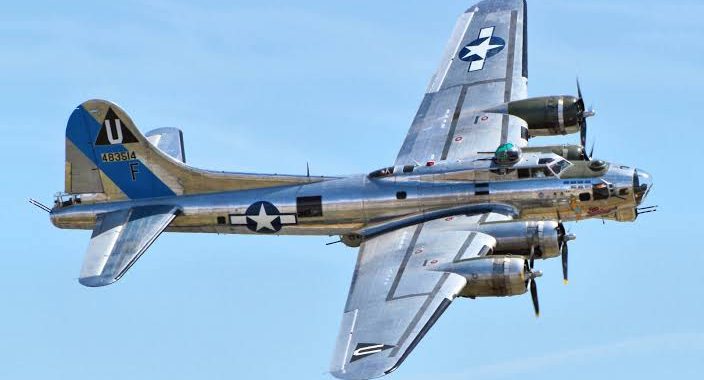Interesting facts about the Boeing B-17 Flying Fortress
The aircraft we present today is from the era of World War II and it initially served under the USAAC (United States Army Air Corps) back in the 1930s as their heavy bomber which was powered by 4 engines. The prototype designs for a heavy bomber were presented by both Martin and Douglas back in … Continue reading Interesting facts about the Boeing B-17 Flying Fortress
0 Comments
